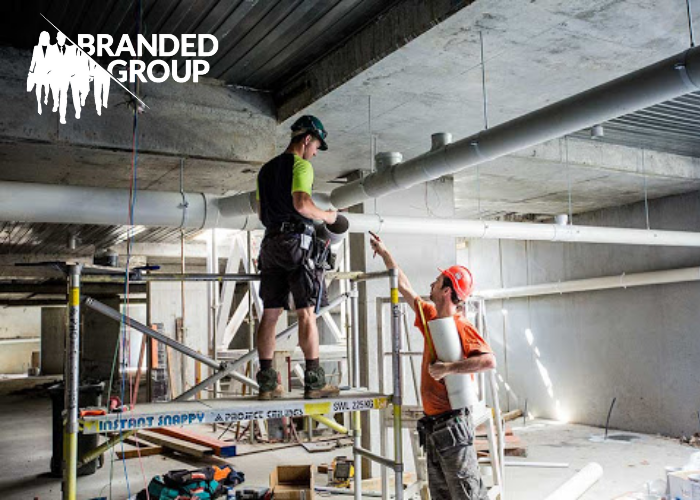Viva Resa: Your Gateway to Insightful Living
Discover news, trends, and tips for a vibrant lifestyle.
When Leaks Attack: Plumbing Repair Hacks You Wish You Knew
Discover essential plumbing repair hacks that can save you time and money when leaks strike. Don’t let a drip ruin your day!
Top 5 Emergency Plumbing Repairs You Can Do Yourself
When faced with a plumbing emergency, knowing how to address common issues can save you time, money, and stress. Here are the Top 5 Emergency Plumbing Repairs You Can Do Yourself that will help you tackle minor plumbing disasters without needing to call a professional. From leaky faucets to clogged drains, these fixes are manageable for most homeowners with a bit of DIY spirit.
- 1. Fixing a Leaky Faucet: A leaky faucet can waste a significant amount of water. To fix it, turn off the water supply, remove the faucet handle, and replace the washer or O-ring.
- 2. Unclogging a Toilet: Use a plunger to create suction and clear most clogs. If that doesn't work, a toilet auger might be necessary.
- 3. Repairing a Running Toilet: Common causes include a faulty flapper or fill valve. Adjust or replace these parts to stop the running water.
- 4. Fixing a Pipe Leak: For small leaks, apply plumber's tape and use a pipe clamp until you can replace the section of the pipe.
- 5. Clearing a Clogged Sink: Pour a mixture of baking soda and vinegar down the drain, followed by hot water to dislodge the clog.

Common Plumbing Leaks: How to Identify and Fix Them
Plumbing leaks are a common issue that homeowners may encounter, and identifying them early can save both time and money. Common plumbing leaks typically occur in areas such as faucets, toilets, and pipes. To spot these leaks, watch for signs like water stains on ceilings or walls, unexplained increases in your water bill, or damp patches on floors. In addition to visual cues, you can perform a simple test: turn off all faucets and water-using appliances, then check your water meter. If the meter continues to move, you likely have a hidden leak somewhere in your plumbing system.
Once you've identified a leak, prompt action is crucial to prevent further damage. For minor leaks, such as those found in faucets, you can often fix them by replacing worn-out washers or O-rings. For more significant issues like a leaking toilet, try tightening the tank bolts or replacing the flapper valve. In cases where you are dealing with pipe leaks, you may need to use plumbing tape or sealant as a temporary fix until a more permanent solution can be applied. However, if you're unsure about handling the repair yourself, it's always wise to consult a professional plumber to avoid potential complications.
What to Do When You Encounter a Major Leak: A Step-by-Step Guide
Encountering a major leak can be a stressful situation, but it's important to act quickly and efficiently to minimize damage. First, assess the situation. Identify the source of the leak and evaluate the severity. If it's safe to do so, turn off the main water supply to prevent further flooding. Next, gather necessary supplies such as towels, buckets, and a mop. If the leak is substantial, consider using a wet vacuum to extract excess water.
Once you've contained the initial damage, it’s crucial to address the situation appropriately:
- Contact a professional plumber to assess and repair the leak.
- Document the damage with photos for insurance purposes.
- If applicable, reach out to your insurance company to report the incident and understand your coverage options.